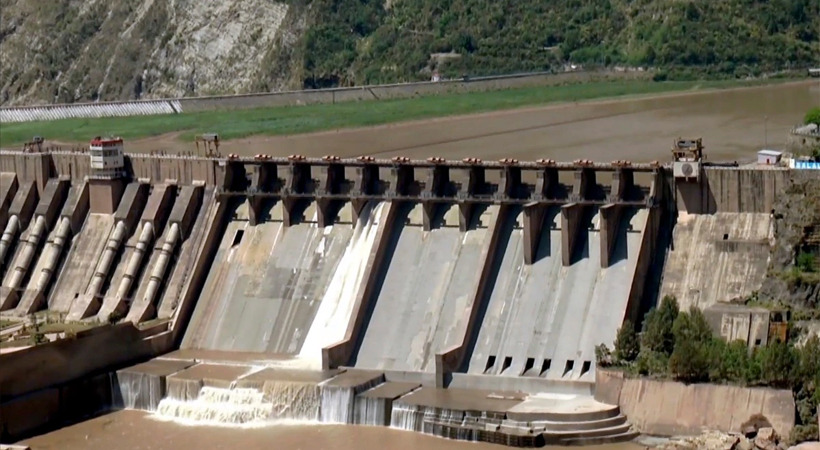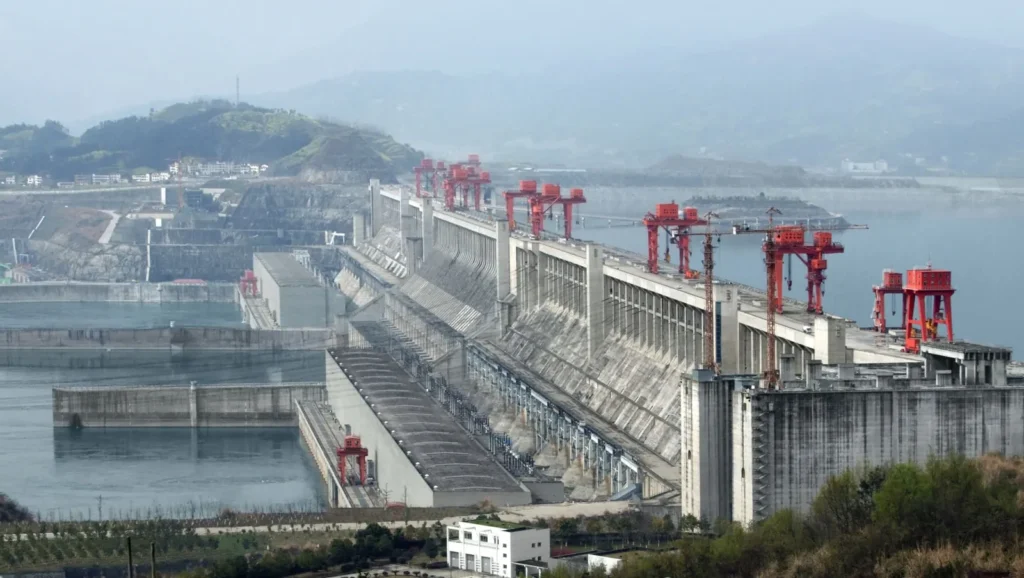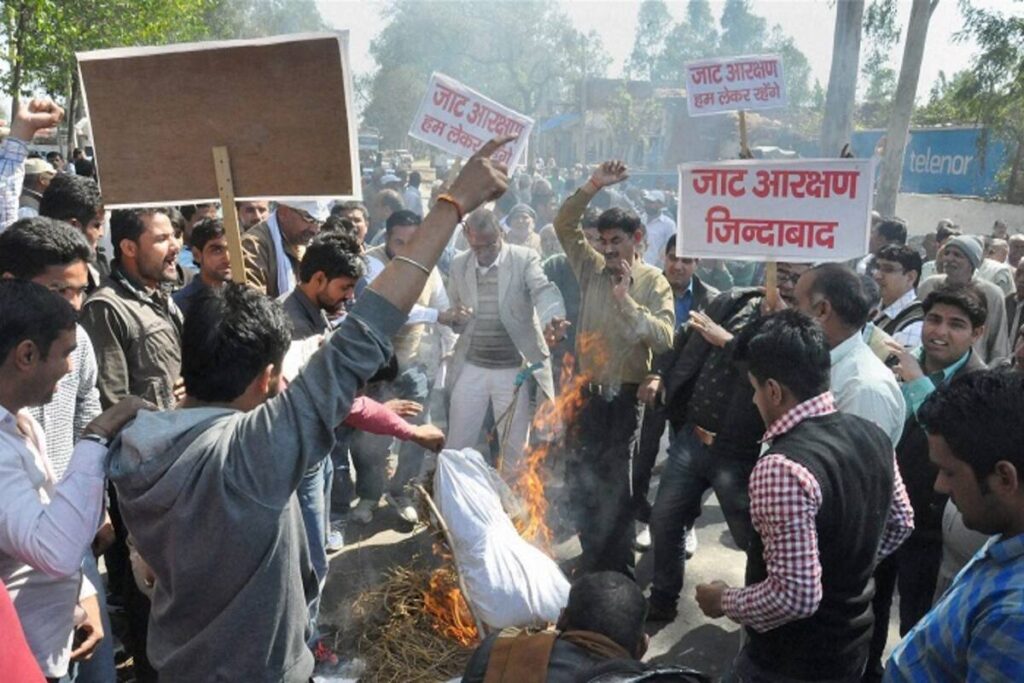
When Rivers Become Weapons: Lessons from China’s Blockade of the Brahmaputra- Part 1
Some voices in India have applauded the government’s move to suspend the Indus Waters Treaty with Pakistan, framing it as a patriotic act. However, such applause often overlooks the dangerous precedent of turning water, an essential and shared resource, into a tool of nationalistic retaliation. K. Sahadevan examines the geopolitical risks of weaponizing vital natural resources like rivers, citing the 2012 incident when Chinese officials blocked the flow of the Brahmaputra River.
On February 12, 2012, the residents of Pasighat town in Arunachal Pradesh’s East Siang district witnessed a disturbing sight: the Xiang (Brahmaputra) River, which originates in Tibet, had abruptly dried up. An investigation by local authorities revealed that Chinese officials had blocked the flow of the Yarlung Tsangpo (the Tibetan name for the Brahmaputra) overnight. This incident serves as a stark reminder of the geopolitical risks involved when essential natural resources like rivers are weaponized.
This historical episode is especially relevant today, as some voices in India cheer the government’s move to suspend the Indus Waters Treaty with Pakistan, framing it as a patriotic act. Such applause often ignores the dangerous precedent of turning water, an essential and shared resource, into a tool of nationalistic retaliation.
The recent incident in Pahalgam on April 26, where the sluice gates of the Uri Dam were opened without prior notice, causing the Jhelum River’s water levels to spike in Pakistan, underscores the real-life consequences of using water as a strategic weapon.
When water becomes entangled in cross-border tensions and diplomatic stand-offs, the ordinary people on both sides suffer most. While war-mongering leaders may ignore these repercussions, citizens must recognize the dangers of such short-sighted policies. A little awareness of history could be an antidote to the seductive pull of false nationalism and propaganda.
Undeclared Ecological Warfare: The India-China dispute, a ‘biopsy’ analysis
We understand war through the sound of bullets and the sight of dead bodies of soldiers. If someone asks the people of the border areas, many facets of the war will be revealed, beyond media coverage, official reports, and hyped-up patriotism. War can sometimes take the form of a flash flood or that of a drought. These are not wars waged by nature against man, but are in fact environmental attacks by the governments.
On February 12, 2012, residents of Pasighat Town in East Siang District of Arunachal Pradesh woke up to a shocking sight. The Siang (Brahmaputra) river originating from Tibet was suddenly found to have almost dried up. Investigations carried out by the district authorities found that the Siang River was dry because the Chinese authorities had blockaded the Yarlang Sangpo (Brahmaputra’s Chinese name) river overnight.
Another incident in 2000 was not easily forgotten by the people living on the banks of the Brahmaputra. On June 9, the water level of Siang rose suddenly by 30 meters and inundated almost the entire township causing widespread destruction to property besides claiming seven lives following the collapse of a hydropower dam in Tibet. There were allegations that Chinese authorities were behind this, but it was later discovered from satellite images that this was just a natural dam burst.

In both cases, we can see among the people and the local authorities the distrust, apprehension, and the fear of turning water into a weapon of war. The people of the Hindukush-Himalayan region have been living in this kind of distrust and anxiety for the past two decades. In fact, international and national attention is drawn only when the water conflicts between the two countries transform into border disputes.
The conflict between India and China is evolving from a traditional border dispute between two countries into a complex and unsolvable environmental crisis. This becomes clear if one considers the many constructions that both countries are undertaking in the region and the implications they have on the Himalayan ecosystem. What is attempted here is an analysis of the emerging environmental causes behind the Indo-China border dispute.
Water: The party is over
It has been predicted in many ways that water will be the cause of most of the conflicts in the new millennium. The diminishing availability of fresh water on Earth proves that the term ‘blue planet’ will not last long. Warnings about impending water conflicts have a history of at least six decades. International bodies, such as the United Nations, have long warned member states of future water shortages. But political leaders who saw in the immediate vicinity the abundance of water, ignored all warnings. Until recently, in geopolitical discussions the debate over water was alien. Water conservation is of little importance in their developmental and political agendas.
If water, which has been the basic resource for existence, from the life of the species to the economic activities of man, has been transformed into a root cause for constant conflict, it is only because of the lack of foresight of our political leadership. Global water shortages have become an issue that affects two thirds of the global population today. By the time we realize with regard to water abundance that the party is over, it has become an issue of constant tension between peoples and nations.
Asia, which now comprises more than half of the global population, is emerging as a new conflict zone for geopolitical reasons. An important one of the many factors that leads to such a situation is the fact that the scarcity of water in the region cannot be covered up any more. Let us try to understand more deeply the water conflicts behind the tense India-China relationship.
The tensions between China, which has become the world’s number one economic power, and India, ‘number one among the emerging economies’, are deepening. This is particularly so because the three nations that have nuclear weapons and political leadership that is totalitarian are part of the crisis.
China: Growing Economy and Drying Water Resources
With a population of 1.39 billion and a $14 trillion economy, China is the world’s number one economy by 2020, based on the power purchasing parity. Chinese products, based on low production costs, have dominated the world market, including the US. The growing population and size of the economy have forced China to increase its resource utilization. China’s planned ‘Belt and Road Initiative’ (BRI), connecting more than 70 countries and spending $ 1 trillion, will further strengthen Chinese trade links through land and sea. Many of China’s large-scale projects, including the China-Pakistan Economic Corridor (CPEC), require large-scale resource utilization. One of the most important and most scarce of these resources is water.
With 20% of the world’s population, China has just 7% of the global water resources (FAO, Aquastat, Online Data, 2011). This illustrates the depth of water shortage the country is experiencing. The Aquaduct Water Risk Atlas, prepared by the World Resources Institute, reveals that 30% of China’s land surface is under severe water stress. This means that about 678 million of the Chinese population are victims of the water crisis. This is more than 48% of the population. (This is based on data available from 2001 to 2010.) According to a study by water resource expert Jiao Wang, the extent of drought-stricken Chinese territory has increased by 57% over the past decade (Drop by Drop, Better Management Makes Dents in China’s Water Stress, Jiao Wang, April, 2018, WRI).
Through a nationwide census, the country was first exposed to a phenomenon that could be attributed to China’s water shortage. The census reveals that 28,000 of the 50,000 rivers that had been flowing in the country 20 years ago have disappeared. Chinese officials have interpreted the disappearance of rivers in the census report as a ‘statistical error’. However, a large group of meteorologists and ecologists point out that this is a real crisis for China in dealing with climate change.

High economic growth and the export-oriented manufacturing sector are contributing to the massive water shortage. The change in groundwater resources over the last two decades must be understood in relation to China’s economic growth. One of the mainstays of Chinese strategies to reduce production costs is the unscrupulous resource exploitation, which makes underground water resources vulnerable. Increased population and higher living standards have caused dramatic changes in household water use in China over the past few decades. These, it has been often pointed out, are the causes of excessive exploitation of groundwater sources.
By 2030, China’s water demand is estimated to be 818 billion cubic meter and the current water supply is 618 billion cubic meters. The reality is that China can only drive the economic growth it has envisaged if it can bridge the gap of up to 24% between supply and demand. These ‘externalities’ never appear in growth debates and are also the undercurrent of many an international conflict.
China has earned the status of the world’s largest dam builder. China’s ‘Three Gorges Dam’ leaves all other dams in the world behind in terms of capacity. Various reports suggest that China is planning massive water projects to overcome the impending water crisis. A 35-member State Council had been commissioned in 2006 to prepare the details of the ‘Great Bend’ project, which will double the size of the Three Gorges in the Yarlang Sangpo (Brahmaputra) basin (Brahma Chellaney, “China’s New War Front,” Times of India, April 23, 2013).
‘India-China Bhai Bhai’: Twins on the Drought Map
India is home to 17% of the global population. At the same time, India accounts for only 4% of global water resources (FAO, Aquastat, Online Data, 2011). The scarcity of water resources is a major concern for India’s developmental future. The water conflicts between subnationalities have become a daily affair for India. Disputes relating to water sharing in all major and minor rivers of India, including Kaveri, Krishna, Mahanadi, Damodar and Yamuna are leading to major conflicts and bloodshed. There is even a situation in India where water can be used as a weapon.
In June 2016, the Jat community in Haryana, during its agitation seeking financial reservation, called for a strike to freeze water supplies to Delhi. When protesters closed the Munak canal, supply of drinking water to over 1 crore people in Delhi was blocked. The army took control of the canal and in the conflict that ensued 18 people were killed. This event reveals how local communities have recognized the potential of using water as a weapon. It also indicates that the escalating interstate water disputes will only weaken the integrity of India’s nationhood.

Our developmental history shows that India has become a water-scarce country, driven by economists who have no preliminary understanding that economic growth must begin with the protection of natural resources. The Composite Water Management Index (CWMI) 2019, compiled by Niti Aayog, indicates that by 2030 the gap between the country’s per capita water supply (765km3) and demand (1498km3) will almost double. In her 2020 budget presentation, Finance Minister Nirmala Sitharaman said that 100 out of the 739 districts in India (13.5%) are suffering from severe water shortages. The reality is that over 66 crore people in India have no access to safe drinking water. It is worrying that the country’s ground water depletion rate has increased by 23% between 2000 and 2010, and this trend is on the rise. One of the key factors that will hamper Prime Minister Narendra Modi’s dream that India will grow to 5 trillion economy by 2025 will be the aforementioned water shortage. Economists have warned that shortages of water could lead to problems in agricultural and industrial sectors causing a 6% decline in India’s GDP. While water shortages pose problems for the nation’s economic growth, the water disputes between subnationalities are escalating into more serious internal conflicts. It is undeniable that the root cause behind the partition of Andhra Pradesh into two states is the water sharing of the Krishna River. The dispute between Karnataka and Tamil Nadu over the Cauvery River has led to riots on several occasions. Disputes still persist with Odisha and Chhattisgarh over the use of water in the Mahanadi River. Odisha responded by holding a state-wide hartal to protest the Chhattisgarh government’s move to build 13 barges on the Mahanadi River. Disputes between the states of Punjab, Haryana and Rajasthan on the sharing of water in the Ravi and Beas rivers, and between the states of Gujarat, Maharashtra and Rajasthan on the use of Narmada river water are currently active. Water disputes over Mullaperiyar, Parambikulam and Aliyar dams are also intensifying in Kerala. Various tribunals have been working to resolve the above water disputes for years but have failed to find solutions.
(To be continued….)
